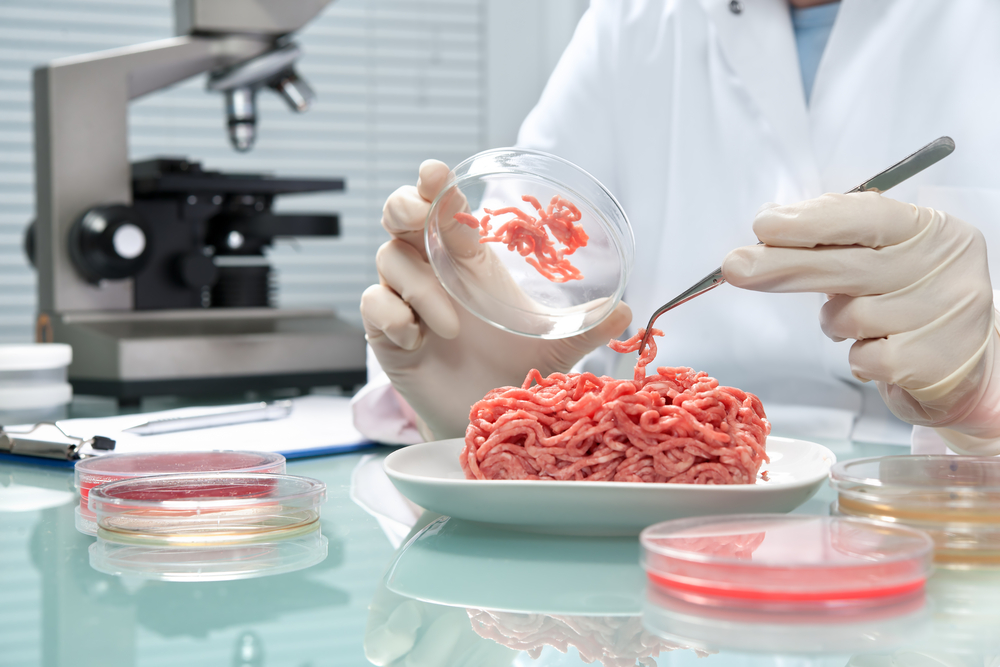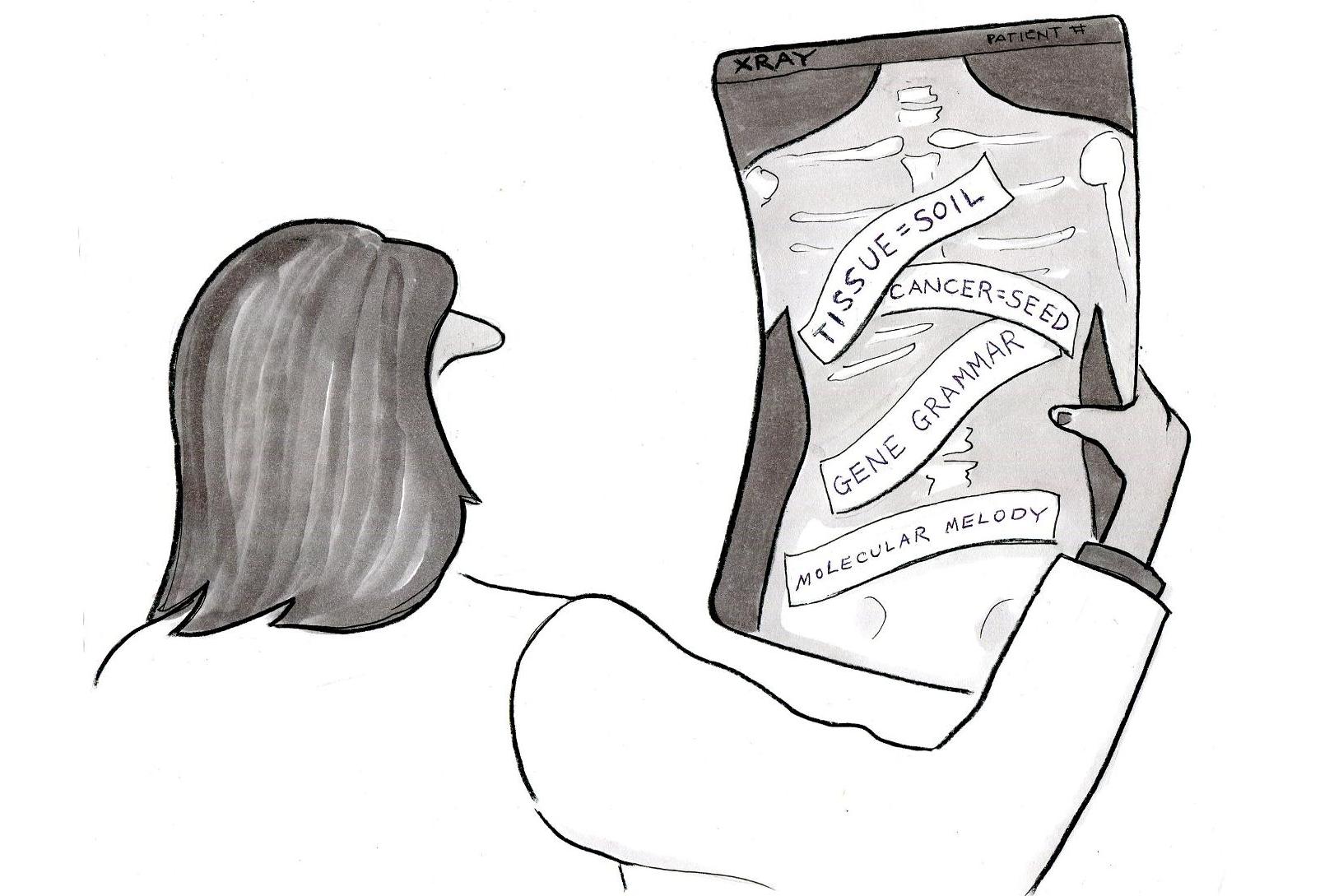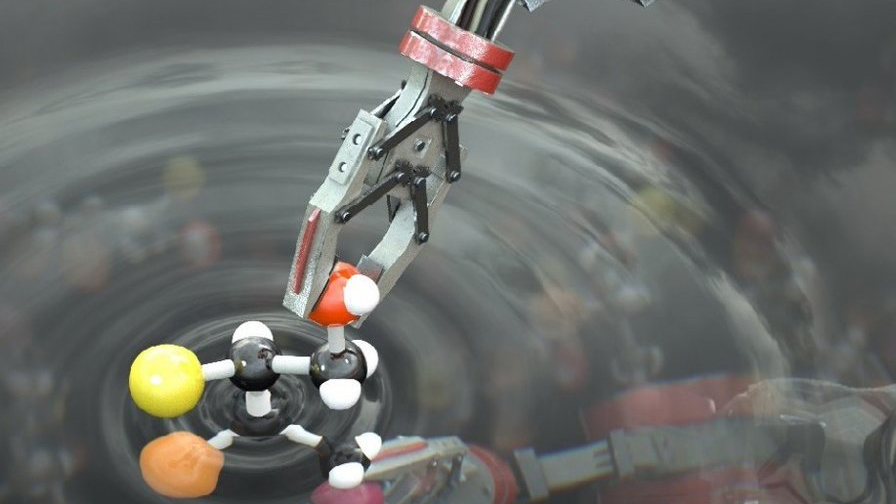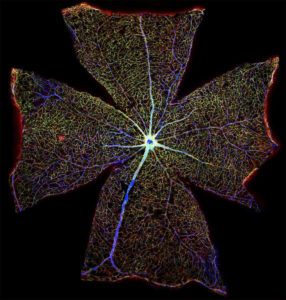Hard Science
All Stories
It turns out Winston Churchill wrote an essay of predictions titled ‘Fifty Years Hence’—and while he was off on the timing, some are finally coming true.
“Scientists should think like poets,” says E.O. Wilson, because new metaphors mobilize new thinking.
One researcher called it “the ultimate in the miniaturization of machinery.”
LIGO and Virgo reveal a gravitational wave was detected on two different continents. Here’s what that means and why it matters.
NASA scientists are sifting through some of the last transmissions from Cassini. And what they’re finding are kittens. You read that right.
Is “science broken” or self-correcting? And who is going to do the grown-up thing and fix the game (instead of scoring points within it)?
“These facts have been presented time and again, year after year, for decades,” DiCaprio says. “Quite simply, we are knowingly doing this to ourselves.”
In 1936, a school girl named Phyllis wrote a letter to Albert Einstein to ask whether a person could believe in both science and religion. He was quick to reply.
When it comes to climate change, gun control, and vaccinations, facts don’t change people’s minds—but there is one technique that might.
▸
6 min
—
with
The NASA probe to Saturn went out in a blaze of glory last week.
▸
with
Imagine data delivered by light. This is an important benchmark toward the development of a whole new computer.
The findings of this study are stunning: in a 16-hour waking day, adults are sedentary for 12.3 hours.
A recent DNA analysis shows that a skeleton found in a famous Viking grace belonged to a female warrior.
All science begins with a leap of intuition, says Richard Dawkins, but we can only ever find objective truths by knowing when to let evidence take over from emotion.
▸
4 min
—
with
This could end the days of suffering through cancer treatment.
What do you make of the image above? Day Glow slippers under a black light? Colorful sleeping bags for a trio of Minions? March of the Radioactive Penguins? Of course, it’s none of the above.
They’re 3 billion light years away, but their collision can lead to answers to really big questions.
There’s only one guy on this whole planet who’s done both. He tells us what it’s like to experience two of the most extreme feats.
▸
3 min
—
with
Does happiness require a rebellion against evolution?
Scientists solve the mystery of an ancient Babylonian tablet, rewriting history. They think the tablet has much to teach us.
Albert Einstein’s famous thought experiments led to groundbreaking ideas.
ORBITER was in the path of totality for the solar eclipse, and on our way, we were joking about which of us might scream. Turns out, how could you not?
▸
with
It’s an incredibly exciting time to be alive, especially if you’re an explorer. We may have been to almost every point on the globe, but there is so much left to understand.
▸
7 min
—
with
A new study shows how one dietary change in the U.S. could make a 46%-plus dent in greenhouse gas reductions.
Lord Martin Rees, a world-leading cosmologist, explains the possibility of multiverse theory. “It’s speculative, it’s exciting science, and it may be true.”
▸
with
Greatest job ever? NASA will pay six-figures to a Planetary Protection Officer.
Ice finally met fire on last night’s episode of Game of Thrones, and their first conversation proved a perfect case study in the distance between power and reality.
New research by Professor Dan Graur shows that only a quarter of the human genome is functional.
Northwestern University researchers discover the unexpected origins of half the atoms in our bodies.
Researchers succeed in an 80-year-old quest to find the elusive “angel particle”.





























